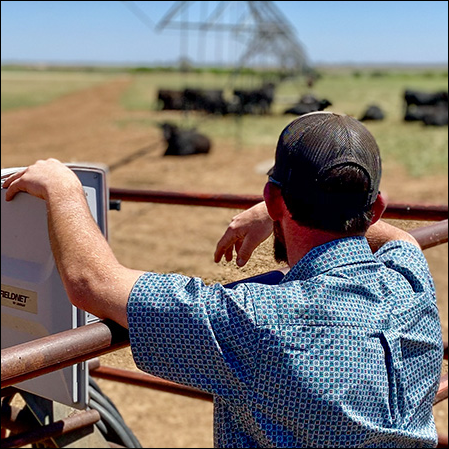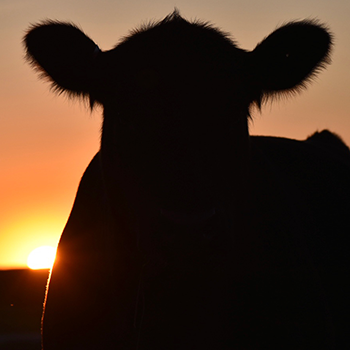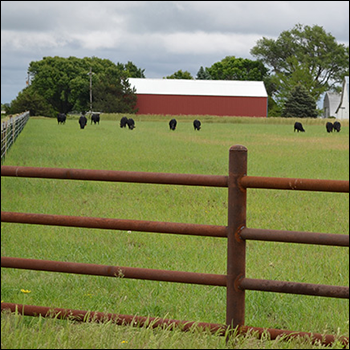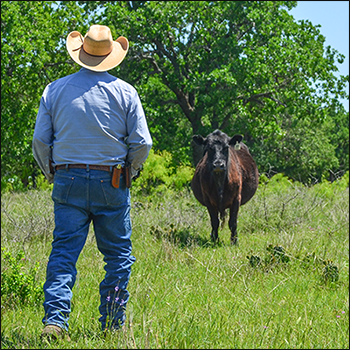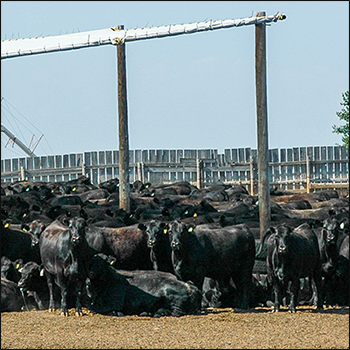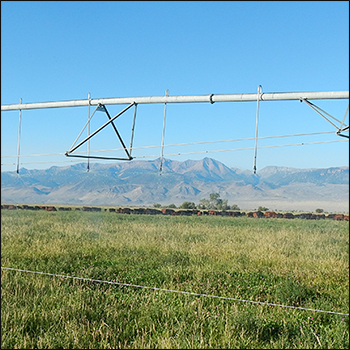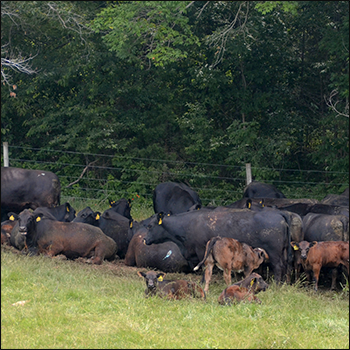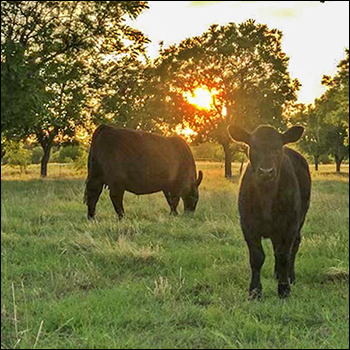
Association Perspective
Bundle your benefits.
Video sales in the West really take off in June. In the next three and a half months, feeder calves, yearling steers and heifers will be offered in 18 sales hosted throughout the Rocky Mountain region. It seems there is some uncertainty as to what prices might be. High corn prices, drought and $116 live cattle are just a few of the market factors causing the uncertainty in what the price of calves might be.
With everyone trying to get an edge marketing their calves, the list of acronyms one can attach to a load of calves is impressive. PVP, ASV, NHTC, NE3 and GAP are just some of the examples of commonly used acronyms, but what do they mean?
Usually when looking at programs in which to enroll calves, there are two types: Process Verified Programs (PVPs) and affidavit-type programs. The difference is that a PVP is a USDA program that requires an on-site review by a third party. An affidavit is as simple as it sounds; the producer signs an affidavit that has an outline of the parameters of the program, but it is not third-party verified.
Common affidavit programs, like “Natural,” usually have wording in them about no hormones, no antibiotics and no animal byproducts. They can also include wording about genetics of the cattle.
While affidavits have historically been adequate for entrance into certain programs, PVPs are the desired form of lot or group validation of claims. PVPs can have several different claims: Age & Source (ASV); Non-Hormone Treated Cattle (NHTC); Never Ever 3 (NE3); and Animal Handling or Global Animal Partnership (GAP). These programs tend to build on one another. The AngusLinkSM PVP provides all these claims wrapped into bundles.
Age and Source
The purpose is to verify the age of a group of calves and the location where the calves were born and raised. To do this, ranches must have access to their premise ID number, which can be obtained from the state veterinarian. They also must have a record of the first calf born on the ranch to establish age.
Age and source verification does not currently require an on-site review of each enrollee to be done before the calves sell, but a ranch could fall within the random 3% selected for an on-site review. These audits are randomly selected from the pool of participants in age and source at the rate of 3% of all enrollees.
NHTC
All NHTC cattle are age- and source-verified in addition to being verified as to not having had any hormones (HGPs=hormone growth promotant) added to their system via implants, synchronization protocols or using prostaglandin on heifer calves.
Participants in this program must maintain records of usage and receipts if these types of products are kept on the ranch. Ranches are also required to provide proof from feed companies that there are no HGPs getting added to the mineral or other feedstuffs that the ranch might purchase. To become NHTC-certified, an on-site review by a third party is required prior to the calves selling.
NE3
NE3 cattle are age- and source-verified, and are verified to be free of HGPs, antibiotics (including ionophores) and animal byproducts. This program also requires an on-site review for every group enrolled. Animals that are doctored will need to be marked as such (simply by notching a tag or ear so the calf can be later identified) and cannot be marketed as NE3. Producers again must maintain receipts for the purchase or use of any HGPs, antibiotics or animal byproducts.
Animal Handling Welfare and GAP
These types of programs vary greatly in their requirements. For example, GAP has five different levels, each level up imposing stricter guidelines on animal welfare issues. Other programs are less stringent, using a pass/fail grade on roughly 10 areas of ranch management, including shipping, working/processing, broken needles, handling of non-ambulatory cattle, animal disposal, humane euthanasia, antibiotic residue avoidance, medicated feed additives, water tank/ponds and management practices.
With all the programs, producers can expect to maintain more records on the calf lots that sell with a PVP. All records have to be maintained for three years. This sounds daunting, but the truth is that most ranches find it easier to qualify for many of these claims than they initially think. Some require slight management tweaks for identifying calves, while others are already doing almost everything to qualify for these programs and don’t even realize it.
Sustainability is becoming more of a topic for buyers and consumers. At one point it seemed far off on the horizon. It is becoming an issue much faster than most anticipated. In the future this will become a much bigger factor for buyers, sellers and consumers.
If you want more information on the PVP claims that AngusLink now offers, contact your regional manager or call the American Angus Association. We’ll be happy to assist you.
Editor’s note: Regional Manager Kurt Kangas covers Region 10, including the states of Alaska, Montana and Wyoming. Click here to find the regional manager for your state.

